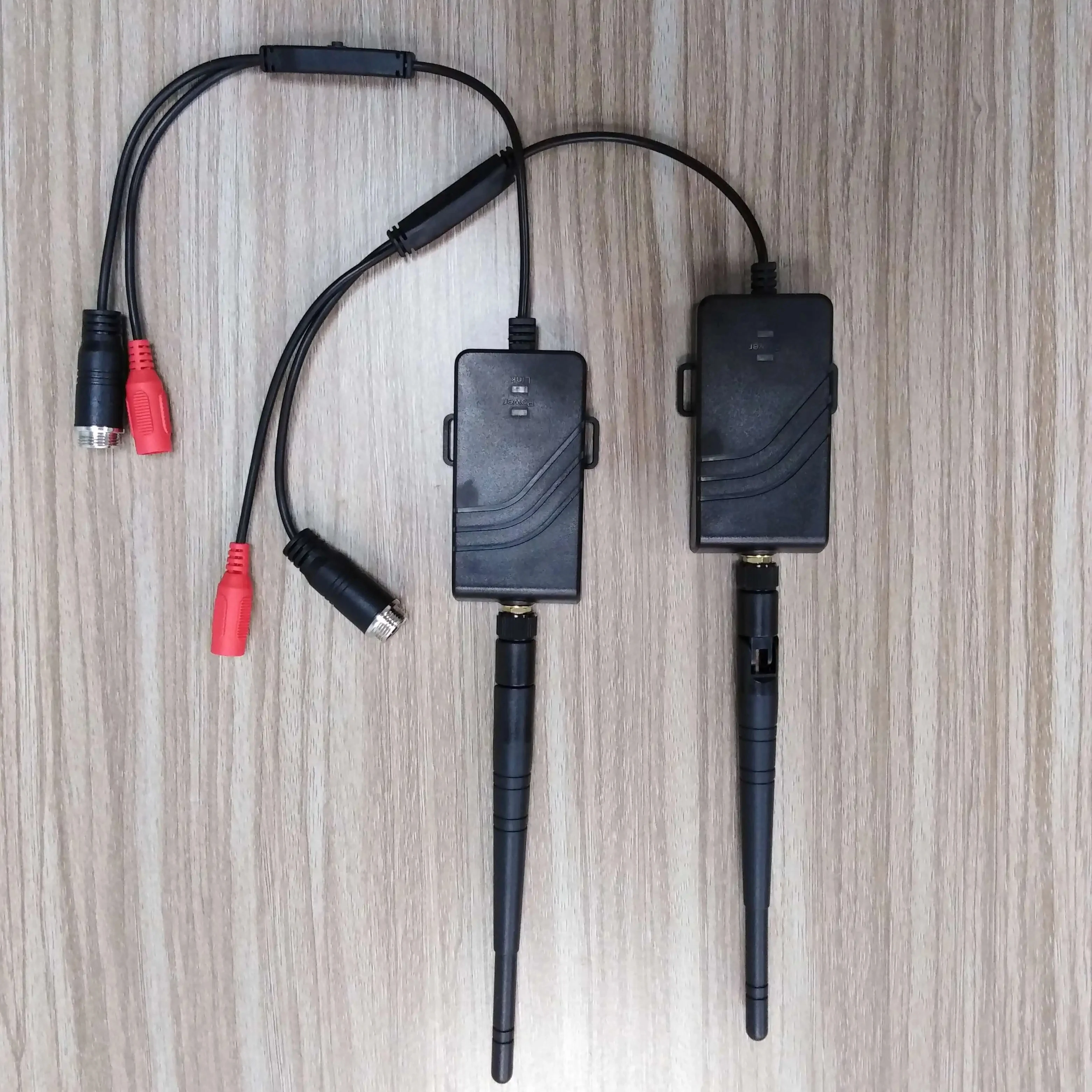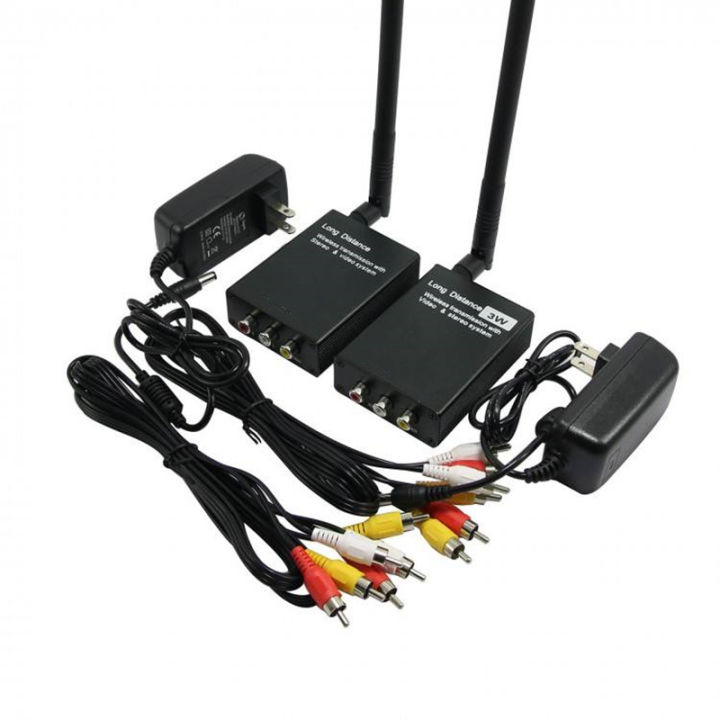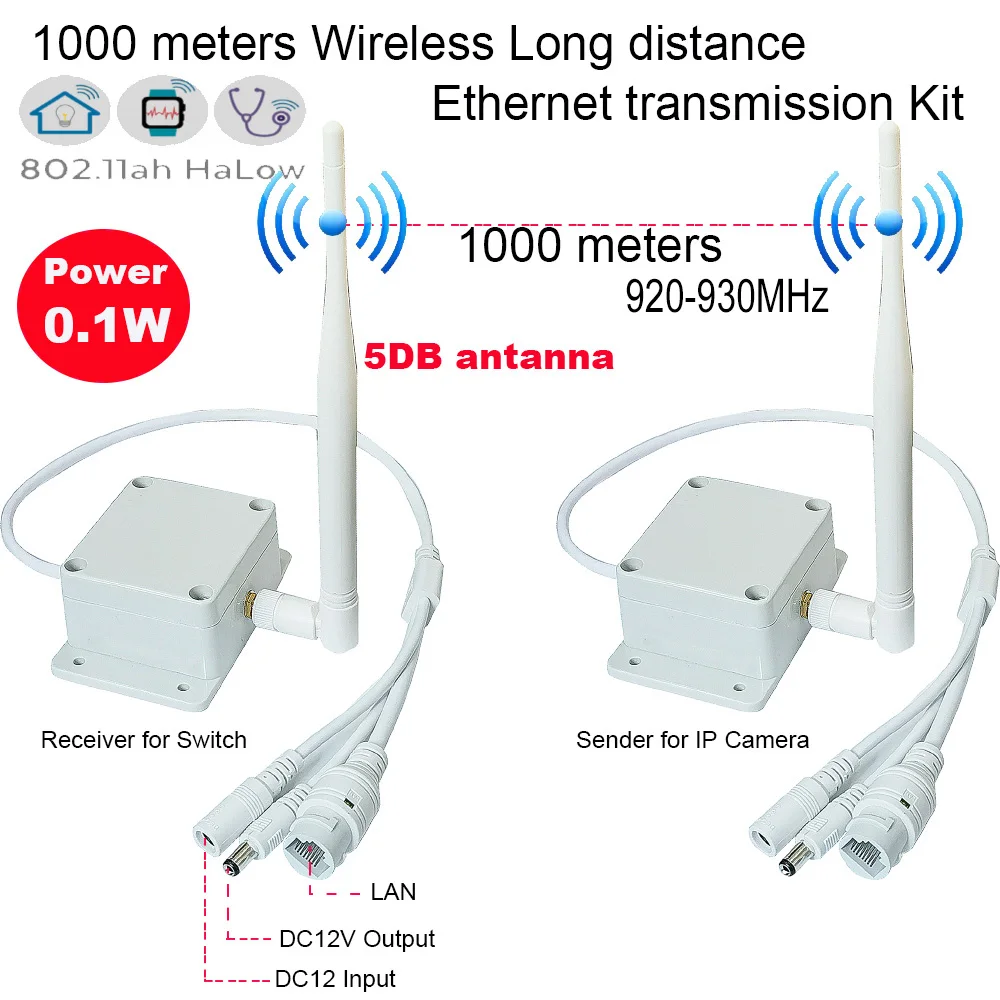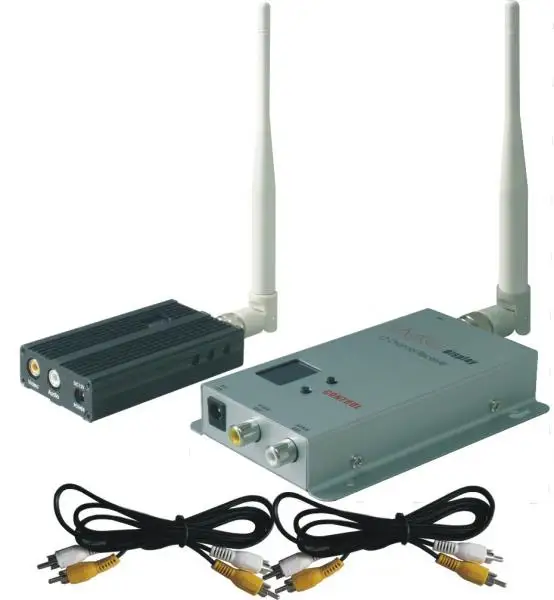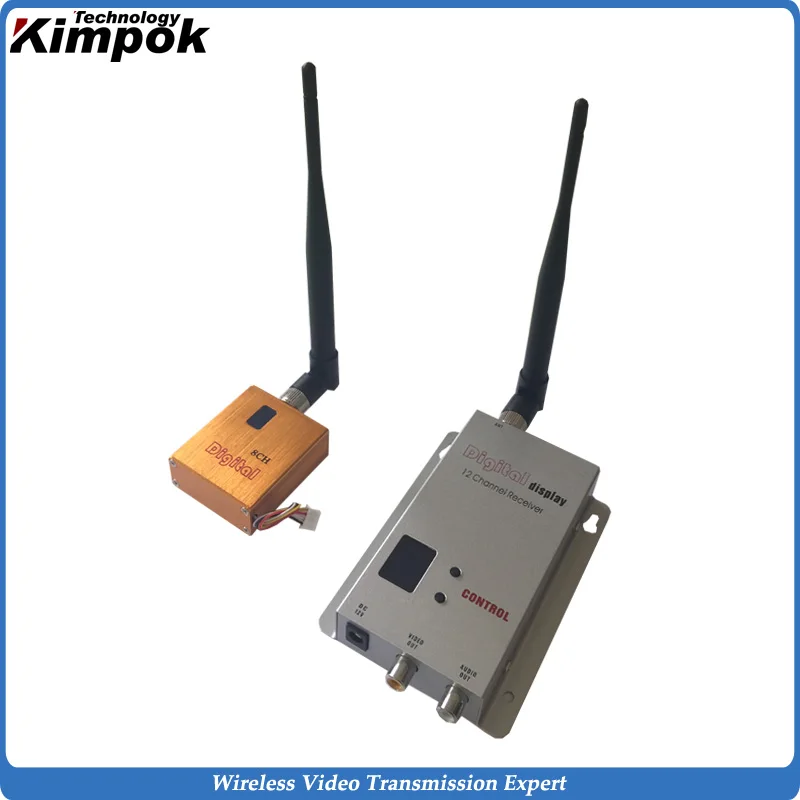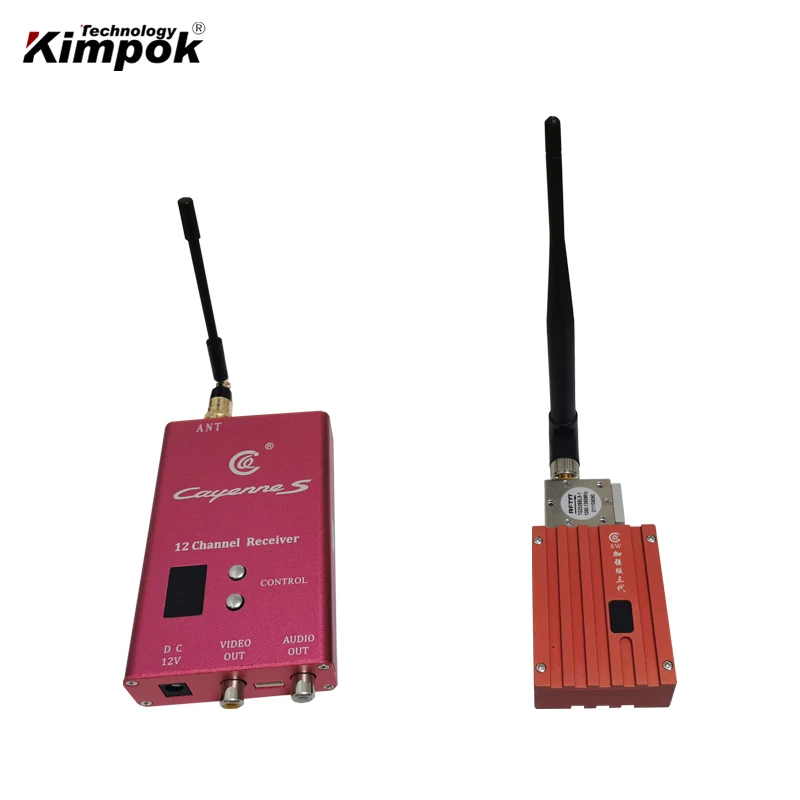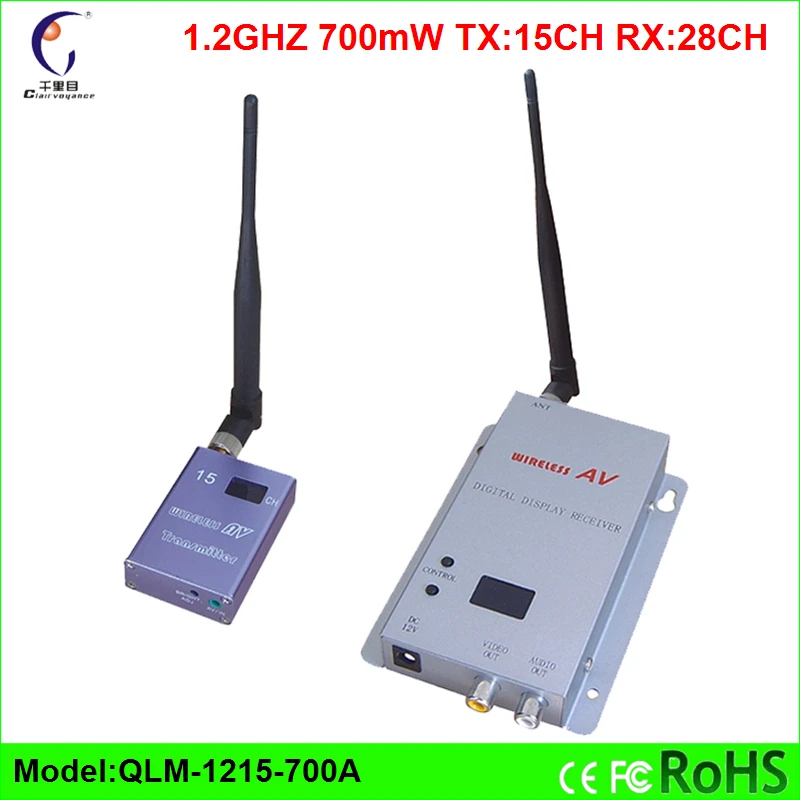Long Range Wireless Video Transmitter And Receiver

The broadcast and surveillance industries are experiencing a notable shift as advancements in wireless video transmission technology continue to break barriers in range and reliability. New long-range wireless video transmitter and receiver systems are emerging, promising to redefine how video content is captured, distributed, and monitored across various sectors.
These advancements are poised to impact broadcasting, filmmaking, security, and even drone operations. The ability to transmit high-quality video signals over extended distances without the constraints of cables opens new possibilities for remote production, surveillance in expansive areas, and more.
Unveiling the Technology
At the core of these systems is a combination of sophisticated encoding, modulation, and antenna technologies. Key components include high-powered transmitters, sensitive receivers, and advanced error correction algorithms.
These elements work in concert to maintain signal integrity over distances that previously required wired connections or complex relay setups.
Key Features and Specifications
These systems boast several key features, including extended transmission range, often exceeding several miles under optimal conditions. They also support high-definition video resolutions, including 1080p and 4K, catering to professional-grade applications.
Low latency is another critical aspect, ensuring minimal delay between capture and display, essential for live broadcasting and real-time monitoring.
Many systems also incorporate robust encryption to protect sensitive video data from unauthorized access.
Applications Across Industries
The impact of long-range wireless video transmission is already being felt across multiple industries.
In broadcasting, these systems enable live coverage of events from remote locations without the logistical challenges of running cables. Filmmakers can benefit from wireless camera systems that allow for greater flexibility and mobility on set.
Security and surveillance applications are also seeing significant improvements. Monitoring large properties, infrastructure, and border areas becomes more efficient with wireless video solutions.
Drone operators can transmit high-quality video feeds from their aircraft over longer distances, expanding their operational capabilities for inspections, mapping, and search and rescue operations.
"The ability to transmit high-quality video wirelessly over extended distances is a game-changer for the broadcast industry," says John Smith, a broadcast engineer with Global Media Group. "It allows us to cover events that were previously inaccessible or too costly to cover."
Challenges and Considerations
Despite the significant advancements, some challenges remain. Interference from other wireless devices and obstructions in the environment can affect transmission range and signal quality.
Regulations regarding wireless spectrum usage also vary by region, requiring careful consideration when deploying these systems. Power consumption and heat dissipation are additional factors that must be addressed, especially for portable applications.
Market Trends and Future Outlook
The market for long-range wireless video transmission systems is experiencing strong growth, driven by increasing demand from various industries.
According to a report by Market Insights, the global market for wireless video transmission is expected to reach $5 billion by 2025.
Ongoing research and development efforts are focused on improving transmission range, reducing latency, and enhancing security features. Future systems may incorporate advanced technologies such as 5G and artificial intelligence to further optimize performance.
A Human-Interest Angle
Consider the story of a wildlife conservation team using long-range wireless video to monitor endangered species in a remote national park.
Previously, researchers relied on infrequent visits to the area, limiting their ability to track animal behavior and detect poaching activities. With the new wireless system, they can now monitor the area 24/7, providing valuable insights into the lives of these animals and enabling faster responses to threats.
This illustrates how the technology can have a direct and positive impact on conservation efforts and animal welfare.
Conclusion
Long-range wireless video transmitter and receiver systems represent a significant leap forward in video transmission technology. While challenges remain, the potential benefits are vast, promising to transform the way video content is captured, distributed, and monitored across a wide range of industries. As technology continues to evolve, the applications and impact of these systems will only continue to grow.



